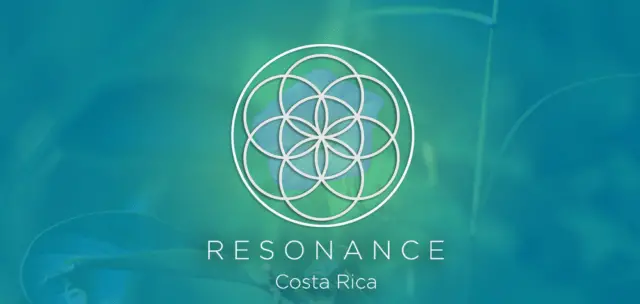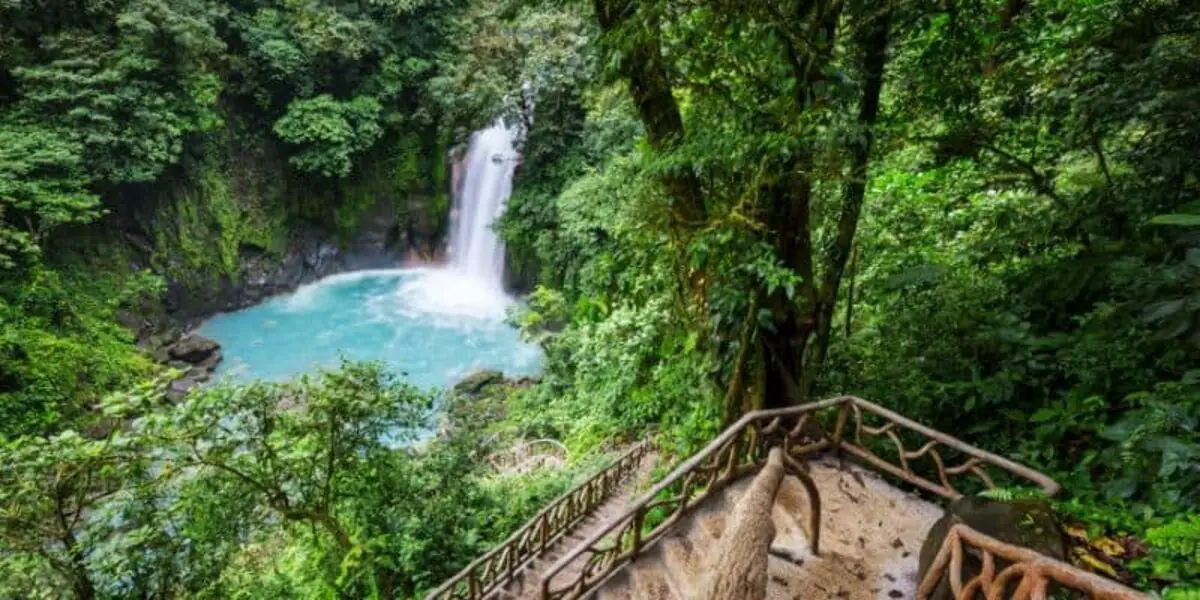The Panama Canal presented this past Tuesday a strategic plan for the next ten years focused on water management after the drought of 2023 and 2024. This plan includes the construction of a new lake, the creation of a gas pipeline, and the strengthening of cargo movement through port terminals, thus seeking to guarantee its operation and boost global energy and maritime trade.
“The Panama Canal’s proposal is to provide our clients with a much more comprehensive service, because if they are vertically integrating, the service must do so as well. But more important than anything is the availability of water, of the water resource, because at the end of the day, our core business depends on water,” said Canal Administrator Ricaurte Vásquez.
During his presentation at the event “Panama Canal: Vision of the Future,” Vásquez emphasized that these plans for the next ten years—until 2035—are based on “four project pillars” that are already being worked on.
Río Indio, the solution to “better manage” water
“The first and most important is definitely to find a solution to better manage water resources, and our proposal is the construction of a multipurpose reservoir on the Río Indio,” noted the administrator of the important waterway.
The Canal administration is promoting the construction of a third reservoir to supply the canal in the Río Indio basin, a project worth approximately $1.5 billion that is facing resistance from residents of the areas that will be affected.
This would help maintain the optimal water levels the waterway requires for its operation, as the Panama Canal also supplies drinking water to more than half of the country’s 4.2 million people, a fact that the administrator himself has admitted is the cause of the “water pressure.”
This new reservoir will also be key to addressing the climate crisis impacting the waterway, such as the severe drought that forced a reduction in daily vessel transits between 2023 and 2024 due to the El Niño phenomenon lengthening the dry season, adding a volume of water equivalent to between 11 and 15 daily transits through the waterway, according to official information.
“The other very critical aspect is that we have seen that in the last 10 years, the frequency of dry years has increased in frequency and also in impact. We have had two of the three driest years in the canal’s history in the last 10 years,” said the canal’s deputy administrator, Ilya Espino.
Gas Pipeline and Port Terminals, the Other Axes
The Interoceanic Energy Corridor project, which will consist of a 76-kilometer gas pipeline and two maritime terminals, will allow the movement of up to 2.5 million barrels of energy products per day, connecting the Atlantic and Pacific coasts without crossing locks, according to official information.
“(Another important project is) this energy corridor due to the volumes of liquefied petroleum gas exported from the U.S., which are expected to double in the next 6 to 7 years,” said Vásquez, explaining that the pipeline will be used primarily for “cooking gas, propane, and butane.”
He added that they are also studying the option of transporting ethane gas, “which is also part of the trade flow emerging from the Gulf of Mexico and destined for Japan, Korea, China, and possibly Vietnam,” without considering liquefied natural gas due to the complexity of its handling. “And we believe that demand (for ethane gas) will likely increase as India’s industrialization takes on a more important role,” he noted.
The pipeline will generate more than $64 billion “over its useful life.” Additionally, the state is expected to generate over $647 million in revenue during its construction and over $35 billion between 2031 and 2050, resources that will be allocated to social projects, according to official information.
In addition to this pipeline, the Panama Canal is considering the option of building a container terminal in the Atlantic region, as it is expected that “transshipment volume” will increase by approximately 5.5 million containers per year over the next 10 years.
“We are dusting off what we did for the Colón terminal. But we are also adding the possibility of building a container terminal in the Atlantic (…) there are many of these ports that are transshipping in the Caribbean and have capacity limitations,” he explained.
The Panama Canal presented this past Tuesday a strategic plan for the next ten years focused on water management after the drought of 2023 and 2024. This plan includes the construction of a new lake, the creation of a gas pipeline, and the strengthening of cargo movement through port terminals, thus seeking to guarantee its operation and boost global energy and maritime trade.
“The Panama Canal’s proposal is to provide our clients with a much more comprehensive service, because if they are vertically integrating, the service must do so as well. But more important than anything is the availability of water, of the water resource, because at the end of the day, our core business depends on water,” said Canal Administrator Ricaurte Vásquez.
During his presentation at the event “Panama Canal: Vision of the Future,” Vásquez emphasized that these plans for the next ten years—until 2035—are based on “four project pillars” that are already being worked on.
Río Indio, the solution to “better manage” water
“The first and most important is definitely to find a solution to better manage water resources, and our proposal is the construction of a multipurpose reservoir on the Río Indio,” noted the administrator of the important waterway.
The Canal administration is promoting the construction of a third reservoir to supply the canal in the Río Indio basin, a project worth approximately $1.5 billion that is facing resistance from residents of the areas that will be affected.
This would help maintain the optimal water levels the waterway requires for its operation, as the Panama Canal also supplies drinking water to more than half of the country’s 4.2 million people, a fact that the administrator himself has admitted is the cause of the “water pressure.”
This new reservoir will also be key to addressing the climate crisis impacting the waterway, such as the severe drought that forced a reduction in daily vessel transits between 2023 and 2024 due to the El Niño phenomenon lengthening the dry season, adding a volume of water equivalent to between 11 and 15 daily transits through the waterway, according to official information.
“The other very critical aspect is that we have seen that in the last 10 years, the frequency of dry years has increased in frequency and also in impact. We have had two of the three driest years in the canal’s history in the last 10 years,” said the canal’s deputy administrator, Ilya Espino.
Gas Pipeline and Port Terminals, the Other Axes
The Interoceanic Energy Corridor project, which will consist of a 76-kilometer gas pipeline and two maritime terminals, will allow the movement of up to 2.5 million barrels of energy products per day, connecting the Atlantic and Pacific coasts without crossing locks, according to official information.
“(Another important project is) this energy corridor due to the volumes of liquefied petroleum gas exported from the U.S., which are expected to double in the next 6 to 7 years,” said Vásquez, explaining that the pipeline will be used primarily for “cooking gas, propane, and butane.”
He added that they are also studying the option of transporting ethane gas, “which is also part of the trade flow emerging from the Gulf of Mexico and destined for Japan, Korea, China, and possibly Vietnam,” without considering liquefied natural gas due to the complexity of its handling. “And we believe that demand (for ethane gas) will likely increase as India’s industrialization takes on a more important role,” he noted.
The pipeline will generate more than $64 billion “over its useful life.” Additionally, the state is expected to generate over $647 million in revenue during its construction and over $35 billion between 2031 and 2050, resources that will be allocated to social projects, according to official information.
In addition to this pipeline, the Panama Canal is considering the option of building a container terminal in the Atlantic region, as it is expected that “transshipment volume” will increase by approximately 5.5 million containers per year over the next 10 years.
“We are dusting off what we did for the Colón terminal. But we are also adding the possibility of building a container terminal in the Atlantic (…) there are many of these ports that are transshipping in the Caribbean and have capacity limitations,” he explained.

– Advertisement –
Source link
TCRN STAFF



